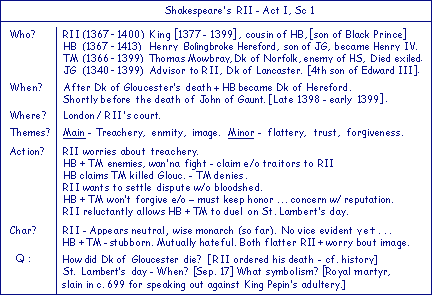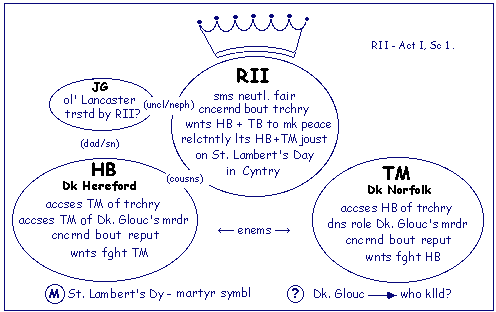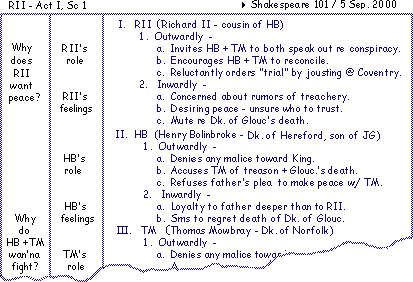
Figure 1. Sample notes for Act I, Scene 1 of Richard II according to the Pauk system (1974).

Figure 2. Graphic-mapping notes by the author for Act 1, Scene 1 of Richard II based on a system by Fry (1994).

Figure 3. Abridged outline notes for Act I, Scene 1 of Richard II based on a model by Van Blerkom (1997).